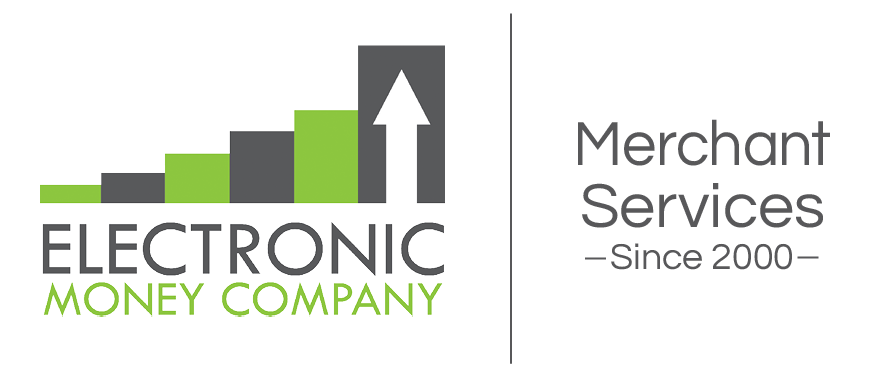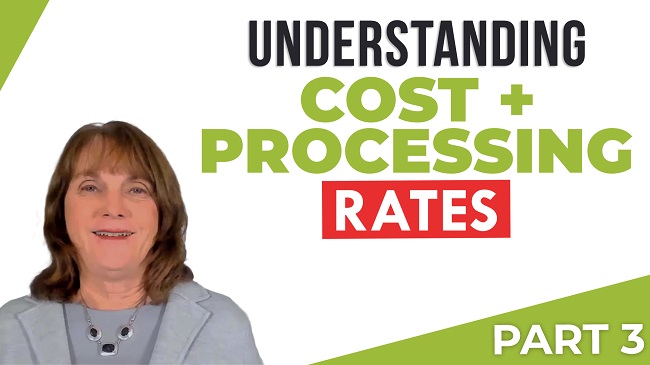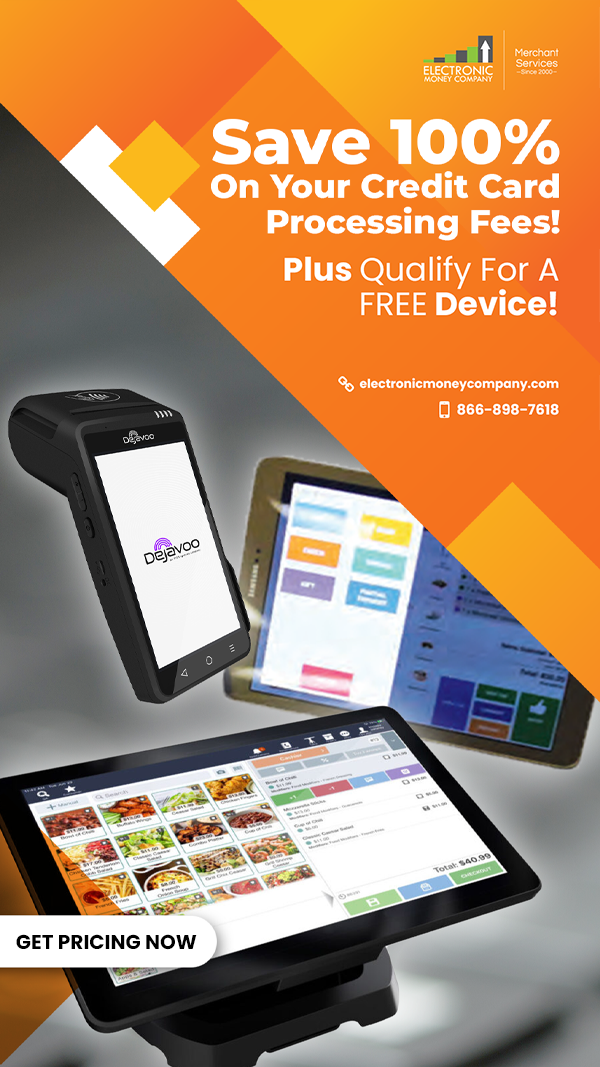Click here to watch the video
Part 3 describes how to read an interchange cost plus merchant statement.
Fees Charged. So now we have something called discount one. Discount rate is the rate being charged. Again, they’re using the same term but in this case the discount rate is .0029 which is the same as .29 percent, which is less than a third of a percent and this was the volume. This is the surcharge right here, 12 dollars and 90 cents and then we have an authorization fee or transaction fee that’s called data wire.
Data wire is somehow transmitting the transaction so they call it a data wire fee. It’s really an authorization or a transaction fee. 47 transactions at 20 cents added to the twelve dollars and ninety cents here that is going to the processor. Next item line, interchange. Interchange was eighty dollars and eighty four cents so you can see that the issuing banks are earning the bulk of the money and the processor is adding something on for themselves because they’re servicing the account and if you remember from the tiered rate statement fee we they were being charged a total of 1.89 or 2.89 and it was bundled together so they didn’t know how much exactly the processor was taking and how much was the interchange. But in cost plus you get to see it exactly on your statement. Again the extra fees dues and assessments and extra fees from the brand Mastercard are passed through and then we have Mastercard offline debit. Again, there’s just one rate all the transactions are in here and the actual interchange rate is here but the surcharge is up here 4.96.
The next category was visa, right here visa and same thing discount same rate, same charge the interchange is broken down, the transactions are broken down, the fees for the transactions and the extra pass-through fees, the interchange rate again is listed, interchange for visa offline debit listed, the rates listed sometimes these are the same by card type and sometimes they might be a little different they might be a little different for offline debit that would be a four tiered statement if you you know somebody might like in the tiered statement above might have broken down an extra tier for offline debit but when it’s a surcharge seldom you’ll see different rates most of the time it’s the same surcharge on every kind of transaction. This merchant has a lot of pin debit cards.
A star card was presented maestro cards were presented NYCE pulse these are all different types of pin debit cards and you can see there is no surcharge here on the debit cards by the processor only a transaction fee of 20 cents. Total card fees, credit cards, and pin debit cards 463.74. Then we have the additional fees. Again, there’s a 19 a month fee, there’s a PCI non-compliant fee, there’s also an annual fee from pulse which is one of the debit networks. This is a pass-through fee from pulse. It’s not marked up, it’s just passed through i believe. Total add the monthly fees to the previous total fees you get 524.69 then first data will break down your interchange charges for you this is interchange only on the credit cards not on the pin debit cards. Let me back up a minute and show you the interchange on debit here is called online debit fees. Here was the interchange 5684 the surcharge which is the 20 cent transaction 3.60 and of course it’s the same for each of the categories of debit cards. So back down to the interchange charges these are the actual passed through interchange cost charges and i just want to point out how you can see there’s all different kinds of rates for different kinds of cards here’s a merit 3 mastercard which is kind of a generic credit card the rate is 0.0158 which is 1.58 percent and 10 cents this is the interchange charge there’s a fleet card apparently some trucker came through with a fleet card that is being charged 2.7 and 10 cents so you can see the various different categories this is an enhanced merit3 standard that’s a corporate card uh here’s a debit card run as a credit card key entered debit card 1.76 and 20 cents under visa here’s a rewards card at it was swiped at 1.65 percent a uh vsp card some kind of corporate card 2.1 percent and under debit this is really interesting. So debit is only .008 percent it’s less risk so the rate is less on the interchange so if you’re taking a lot of debit cards run through as credit cards offline debit cards, you probably want to be on a cost plus pricing because if you’re paying 189 percent for all your swipe cards you can see that that and you have a lot of them that’s where the processor is making a lot of money.
If it’s cost plus you’re just making the surcharge plus over the the processors just making the surcharge plus over 1.58 on addition to 1.58 and on the debit card it’s adding it to 0.008 so your understanding the breakdown a little bit better with the cost plus. Then here’s some debit cards that are only getting charged .0005. These are called regulated debit cards a while back congress made it a law that on debit cards the banks couldn’t charge as higher rate as they wanted to charge they thought that was unfair for the consumer using their debit card to make purchases. But the small banks and the credit unions complained and said no they really needed that money it was um you know the big banks you know maybe not but we do so the congress changed it and so regulated card the very big banks like Wells Fargo and Bank of America are regulated to only charge this interchange amount and as you can see there were a lot 26 plus 3 29 regulated debit cards presented to this merchant so um kind of tells you a lot of people have their checking account at the big banks these are the totals by category and of course this matches up these four amounts here match up where we looked at interchange rates up here here was the 8084 for mastercard offline debit 2653 the interchange and interchange for visa 49.99 and interchange for this offline debit 1894 and in the totals you have the debit cards interchange and surcharges and so this 176 down here just represents the credit card interchange.
I hope this was very helpful to help you. Take out your Merchant Statement you can figure out if you’re being paid on a tiered structure or a cost plus structure. Sometimes there’s some blended tiered and cost plus like they give you three rates and then they have some extra fees in there for keying it in but generally this is mostly what you see three-tiered or cost plus.
If you have any questions, feel free to call us at 505-296-2847 or email us at info@electronicmoneycompany.com
We are honest to a fault which is why our merchants stay with us forever. We service them and take care of them to a degree that none of our competitors do and we’re just honest about all the fees and explaining that statement to all our clients and even if you do not become a client feel free to call us ask questions and explain your merchant statement maybe you even have a better rate than you think you have.
Stay up to date with our latest videos and merchant services tips, make sure to subscribe to our YouTube channel by clicking the link here: https://bit.ly/3oqnz7Z


